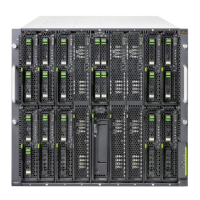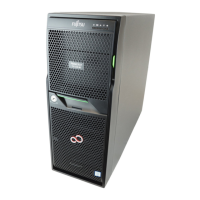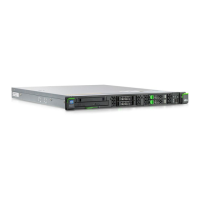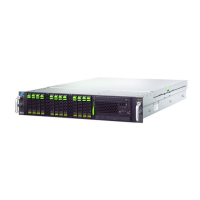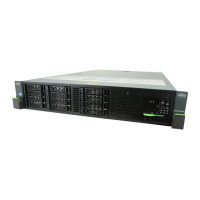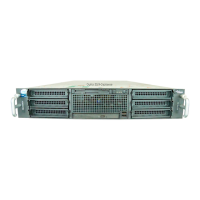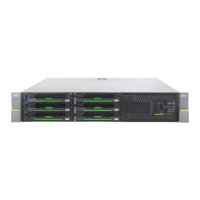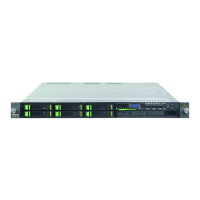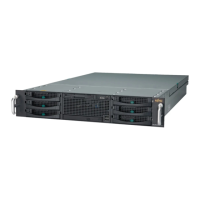ServerView BX900 Management Blade 15
2. Emergency Management Port (see 3.4 on page 36)
This item provides an interface to send IPMI messages to a management blade in case of an emergency. It can
also be used for debugging purposes.
3. Console Redirection (see 3.5 on page 36)
This item is used to configure the console redirection mode. The selected console redirection target will be
active after the next boot.
4. TFTP Update (see 3.6 on page 37)
This item is used to update the management blade firmware.
5. Logout (see 3.7 on page 38)
This item is used to logout from the system.
6. Change Management Role To Slave (see 3.8 on page 38)
This item is used to change the management blade role to slave.
I If only one management blade is available, the menu item header is dynamically changed to "Reboot
Management Blade". In this state, every reboot is executed immediately.
7. System Information Dump (see 3.9 on page 39)
This item is used to display consecutive lists of information.
8. Command Line Interface (see 3.10 on page 40)
This item is used to get whole chassis information.
9. Account Management (see 3.11 on page 40)
This item is used to change the user password.
The items of the console main menu are described in more detail in the following sections.
3.3 Management Agent
The following items are provided in the Management Agent sub-menu for server management:
1. Management Agent Information (see 3.3.1 on page 16)
2. Management Blade (see 3.3.2 on page 18)
3. System Information (see 3.3.3 on page 19)
4. Server Blade (see 3.3.4 on page 20)
5. Storage Blade (see 3.3.5 on page 24)
6. Connection Blade (see 3.3.6 on page 25)
7. User Management (see 3.3.7 on page 26)
8. Blue Screen (see 3.3.8 on page 28)
9. Event Log (see 3.3.9 on page 29)
10.Set System Default (see 3.3.10 on page 30)
11.Server Blade CMOS Backup/Restore (see 3.3.11 on page 31)
12.Connection Blade Configuration Backup/Restore (see 3.3.12 on page 32)
13.Power Consumption (see 3.3.13 on page 33)
14.LDAP Authentication (see 3.3.14 on page 34)
15.VLAN Information (see 3.3.15 on page 35)
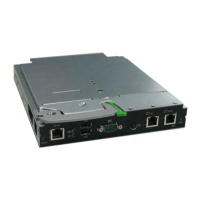
